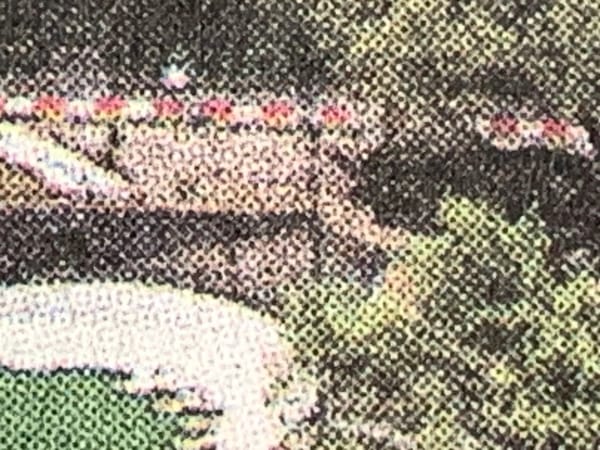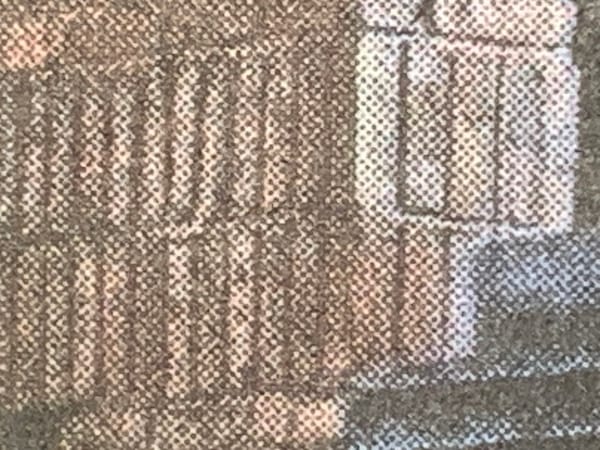FOOD FRIDAY: Aged persimmons
Indignity Vol. 5, No. 11
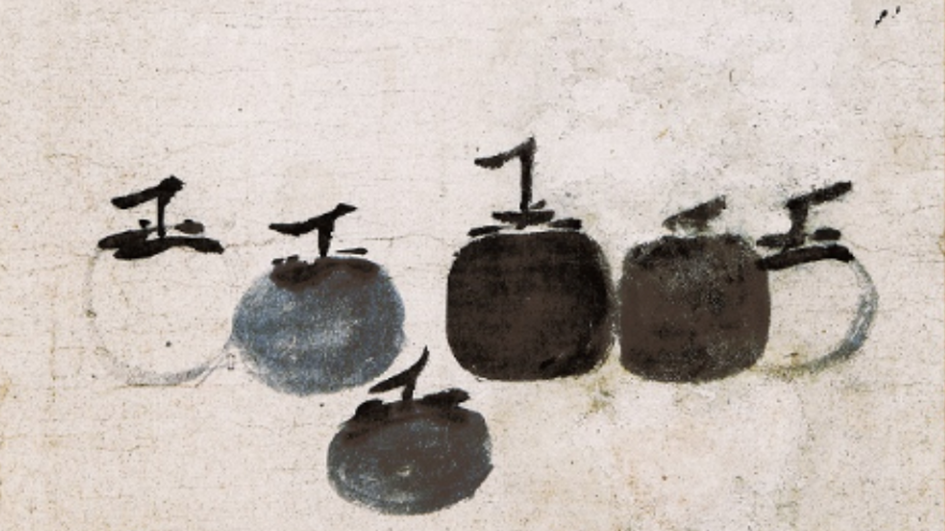
FOOD FRIDAY DEP'T.
FOOD FRIDAY: The Rarest Fruit in the World
THE FANCY TEA company was also selling small-batch dried persimmons, and to cultivate a parasocial relationship with its customers, it sent out a newsletter meditating on persimmons in art and culture, and the newsletter included a link to a gallery release and a news article about the painting Six Persimmons.
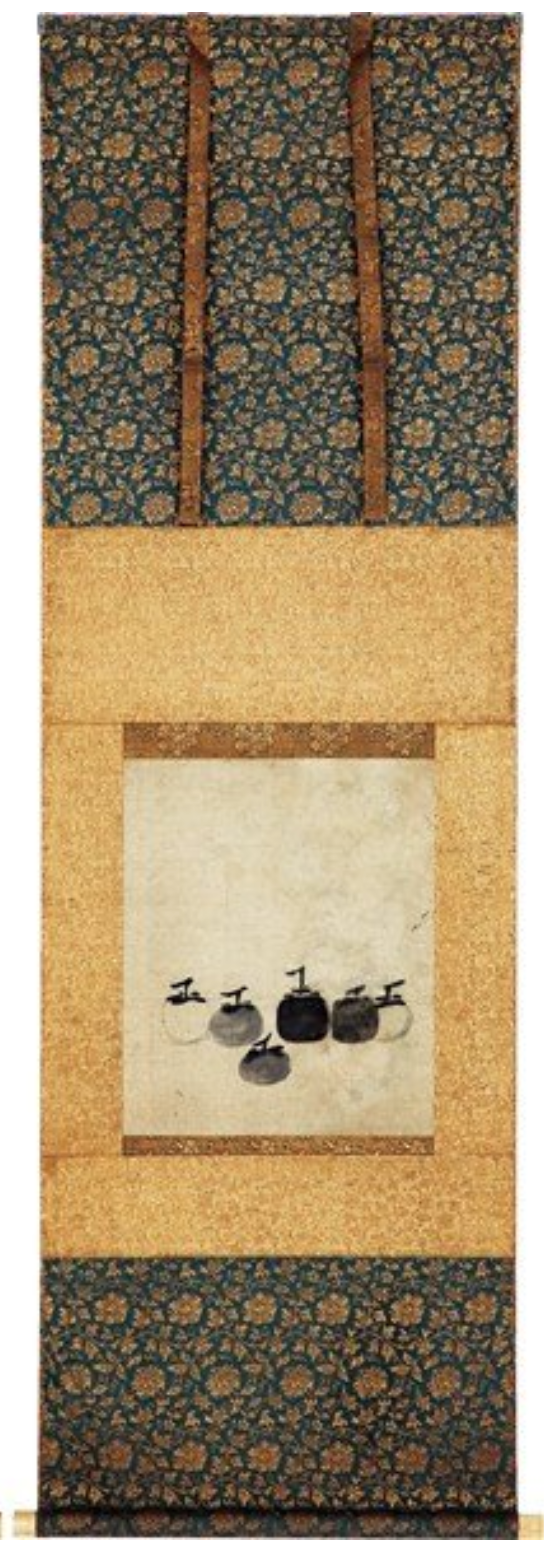
The persimmons in Six Persimmons were painted more than 700 years ago, and are attributed to the monk Muqi, a master painter who lived during the Southern Song Dynasty. They're just ink. It's not even colored ink, and the color of persimmons—deep red-oranges, or clear yellow-oranges—would seem to be the fruit's most defining feature, visually. But the color sits on the fruit with an odd intensity, simultaneously showing off the smooth roundness of the surface and presenting a depthless purity. And in shades of gray, even in reproduction, Muqi's six persimmons make that same sort of oscillation between positive and negative space.
The painting is so admired that almost no one gets to see it; the Daitokuji Ryokoin Zen temple in Kyoto keeps it and a companion work, Chestnuts, a writer for New York Times explained, "displaying it to the public only once a year for a single day." The Times writer had crossed the country to see them in a special one-time American exhibition in San Francisco in late 2023.
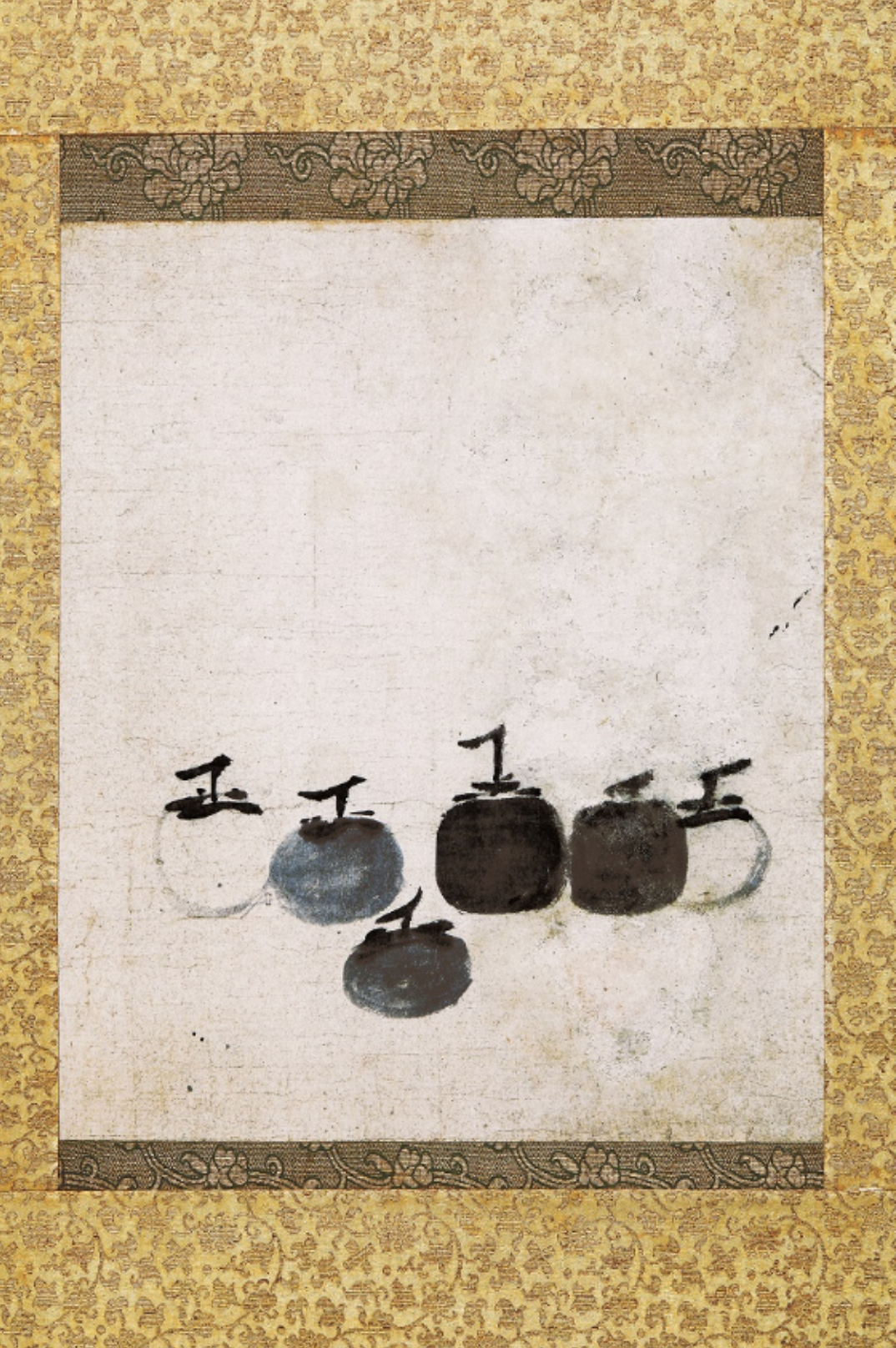
I did not know about the exhibition—or the painting—when it happened, and there was no way I could or would have been able to see it even if I had. There's an obvious self-devouring absurdity to the whole idea of putting in so much effort to see a work of distilled contemplation; the Times wrote that when American Zen enthusiasts began celebrating Six Persimmons in the 1960s, people called it the "Zen Mona Lisa," which reads as a koan punctuated by a klaxon. Regardless, I didn't see it and it seems safe to say I never will, except in reproductions, which is also how I will see most of the beautiful and famous things in this world. There is no substitute for being in the actual presence of a work of genius but Kyoto is far away and the persimmons will go on without me.
It's still persimmon season, meanwhile, and the grocery delivery company is selling fruits labeled as kaki persimmons. They're as elongated and richly colored as unripe Hachiya persimmons, which are chokingly astringent and stay that way for weeks until they turn black and collapse inside their skins into a puddle of thick jam, but they have the honeyed crunchiness of the squat, paler nonastringent Fuyu persimmons. When they came, I wasn't sure if the variety was going to be inedible while firm or not, and the internet was not helpful. After I'd kept them around a few days, though, they looked so good I couldn't stand waiting and wondering anymore.

WEATHER REVIEWS
New York City, January 16, 2025
★★★ The cold was just cold, not menacing. A body overheated indoors could walk a quarter-mile not only bareheaded but with damp hair before the first hints of discomfort began murmuring around the edges. The sun picked out the cryptic remains of a painted advertisement on the ninth through 12th floors of the side wall of an apartment building. Translucent, ruffled clouds gave way to something gray, and the afternoon light soured. Toward sunset, though, the sky was blue overhead again, with darker blue clouds floating on it. One well-nursed drink of scotch later, there was a disconcerting vague dampness on the night air and a vague slipperiness underfoot. It took the headlights of a Kia Telluride glaring up close in a crosswalk to capture the definite form and sparkle of tiny blowing snowflakes. A few more blocks and the flakes were intelligible in the ordinary glow of the streetlights. After the turn for home, they were glittering on the parka sleeves.

EASY LISTENING DEP'T.
HERE IS TODAY'S Indignity Morning Podcast.
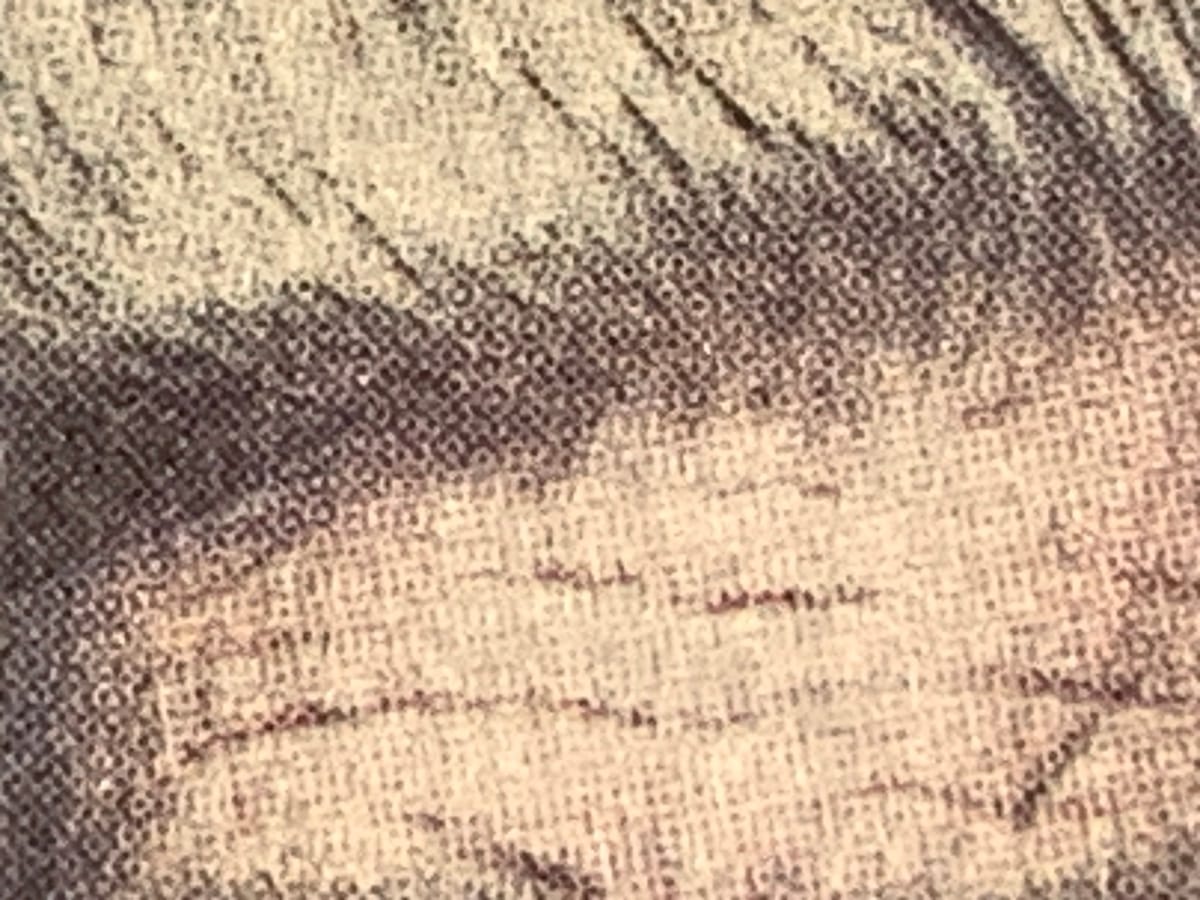
Click on this box to find the Indignity Morning Podcast archive.


ADVICE DEP'T.
GOT SOMETHING YOU need to justify to yourself, or to the world at large? Other columnists are here to judge you, but The Sophist is here to tell you why you’re right. Direct your questions to The Sophist, at indignity@indignity.net, and get the answers you want.

SANDWICH RECIPES DEP'T.
WE PRESENT INSTRUCTIONS in aid of the assembly of sandwiches selected from A Calendar of Dinners, with 615 Recipes, by Marion Harris Neil, including The Story of Crisco, published in 1915 and available at archive.org for the delectation of all.
Hudson Sandwiches
2 tablespoonfuls Crisco
1/2 lb. cooked meat
6 stoned olives
1 teaspoonful capers
2 hard-cooked eggs
Salt and pepper to taste
Crisp lettuce leaves
12 picked shrimps
Parsley
Brown bread
Put through food chopper cooked meat, olives, capers, and yolks of hard cooked eggs, then add Crisco and seasonings. Spread mixture on slices of buttered brown bread, and stamp them out with a round cutter; sprinkle surfaces of sandwiches with chopped whites of eggs. Dish up in circular fashion. Put lettuce in center with shrimps and a few sprigs of parsley. This sandwich quite repays the trouble of making.
Sufficient for twenty sandwiches.
If you decide to prepare and attempt to enjoy a sandwich inspired by this offering, be sure to send a picture to indignity@indignity.net.

Indignity will return Tuesday, Jan. 21, in observance of Martin Luther King Day.






